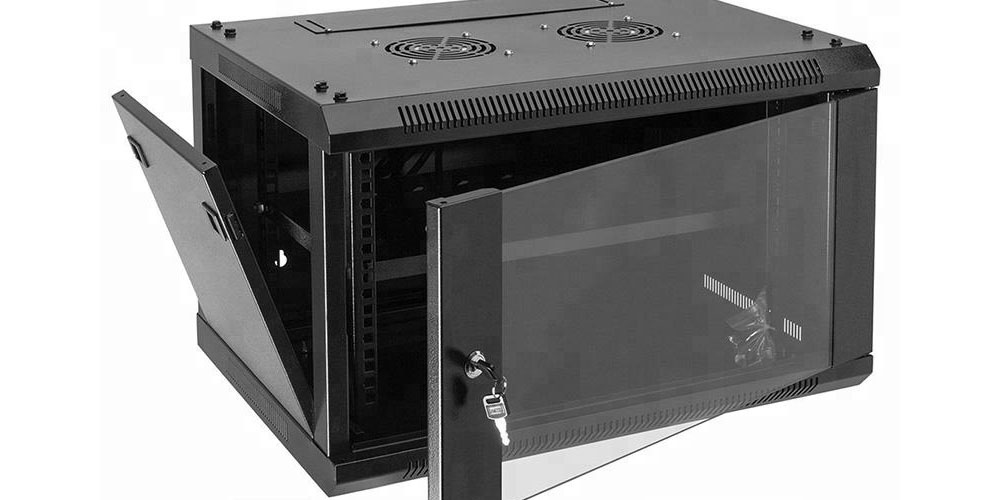A rack PDU is a link in the power chain in data centers that ensures the delivery of critical electric power to IT loads. PDUs, Power Distribution Units, are essential products in data centers. For this reason, the internet is swarmed with a wide range of rack PDU manufacturers. The PDUs and other equipment used in data centers are usually stored in network cabinets.
Types of network rack cabinets
The network cabinet industry is quite large. Therefore, it features numerous types of network cabinets. Below are some of the most common models of network cabinets;
1. Rack-mount enclosures
These models of network racks are ones with detachable doors. This refers to both the front and rear doors. In some cases, the sideboards and rails are also removable. These network racks also allow you to adjust the panels and mounting rails depending on your needs. The role of the removable doors and panels is to allow easy access to the components inside the network rack cabinets. It also allows for the adjustability of the storage space. Note that these enclosure network racks are ideal for applications with heavy equipment. They are also incredible for server storage.
2. Open-frame racks
As the title suggests, open-frame network racks feature an open design. They do not feature any doors or sides as they have open frames. These network racks come with mounting rails instead of doors and panels. The open structure allows for sufficient airflow. For this reason, these network racks are suitable for applications where you do not have access to the flow of air. However, the open frame means that there isn’t any physical security. Therefore, these network racks are not an ideal choice for applications where physical security is required. They are commonly applied in private server rooms with numerous equipment.
3. Wall-mount rack cabinets
Wall-mount network rack cabinets are usually attached to the wall. They are applied in areas where the floor space is inadequate. They are generally fitted in areas where typical racks would not fit. Note that wall-mount network racks can either be closed or open. This depends on the area of application and the type of equipment stored inside the racks. Wall-mount network racks are usually made with solid materials. Note that they cannot be used for heavy equipment storage because the weight could cause them to detach from the wall.
4. Free-standing network rack cabinets
As the title states, these network rack cabinets are installed on the floor. They are perfect in applications where there is enough space. They are typically larger and made from heavier metals than their wall-mount counterparts. They are suitable for storing heavy IT equipment as well as large ones. These network racks can either be enclosed or open.
Conclusion
The forms of network rack cabinets can be placed in two categories. These are types of network rack cabinets based on the structure and based on the installation position. When choosing between the four models of network rack cabinets, it would be wise to consider each and the advantages and downsides. The type of application you intend for the product will also come in handy when choosing the best one.
